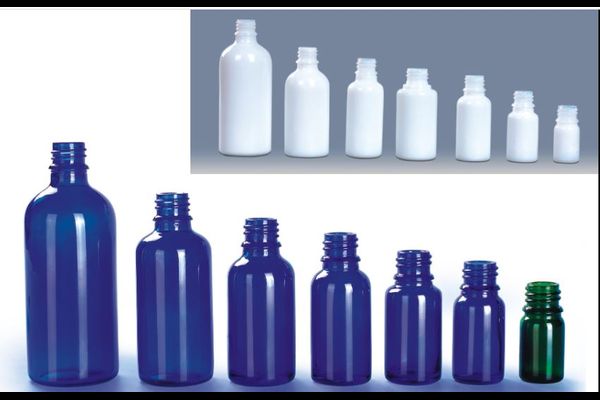Numerous factors drive a manufacturer’s choice of material for making a product. Although most of the packaging industry began its journey with glass packaging, today’s reality is – plastic rules the modern-day packaging world. While both plastic and glass materials have their pros and cons, every material is not suitable for every product.
As far as recyclability is concerned, plastic is not always the first material that comes to one’s mind. However, various studies have proven higher efficacy of plastic over and above glass, particularly for the food and beverage industry.
There are several good reasons why manufacturers continue to choose plastic material over glass for packaging. Have a look at some of them below:
Weight and durability
We all know that glass is more fragile and heavier than plastic. Due to its heavyweight, glass materials make transportation more expensive. For this reason, the losses during transportation will be more leading to decreased profits.
Plastic, on the other hand, is shatterproof. It is much lighter and more durable compared to glass. Suffice to say, it is cheaper to transport. Additionally, plastic is more flexible when compared to glass. Flexibility makes it easier to be molded allowing brands to build an identity with unique packaging.
Health and safety
Since it is fragile, glass tends to shatter leading to a potentially messy and dangerous situation. Moreover, the shards that are left behind create a safety hazard. This affects people working in factories, retail, transportation, and finally the consumer. Polyethylene terephthalate (PET) plastic, in contrast, is the greenest and cleanest type of plastic that is also unbreakable.
Filling process
Plastic packaging is beneficial to manufacturers when it comes to the filling process. There is much less breakage when using PET containers than glass. As a result, it reduces both liability and downtime for manufacturers.
Ease of use
When it comes to convenience and ease of use, plastic is the logical choice. Providing consumers with plastic packaging options allows them to carry your product wherever they want to use it – to the beach for instance, where glass is prohibited. Consumers today are often on-the-go. Hence, addressing their needs through plastic packaging can help augment the sale of your product.
Same look and feel
Plastic containers have gradually moved forward in the game for their ability to mimic glass packaging in both look and feel. By increasing the gram weight of PET containers and mimicking the styling of glass jars and bottles, manufactures can uphold the same look and feel that consumers are familiar with while enjoying all the benefits that plastic offers. This can be seen specifically with packaging for foods such as salsa, peanut butter, sauces, and dressings.
Practical benefits
The brand image that the manufacturers are trying to convey via packaging is another important factor in choosing their packaging material. Glass is associated with higher-end, luxury goods, while plastic and paper are considered as more disposable. Yet, when plastic packaging is used, it has some clear benefits over glass.
Conclusion:
To sum up, plastic packaging poses much less of a danger if dropped than glass. This makes plastics better for children, seniors, and for anyone with potentially reduced motor skills. Plastic packaging is extremely beneficial for various products consumers often handle, such as supplements and condiments. So it’s quite clear that today most manufacturers look to plastic packaging to contain their products. In this war between plastic and glass, plastic is most certainly the winner.

